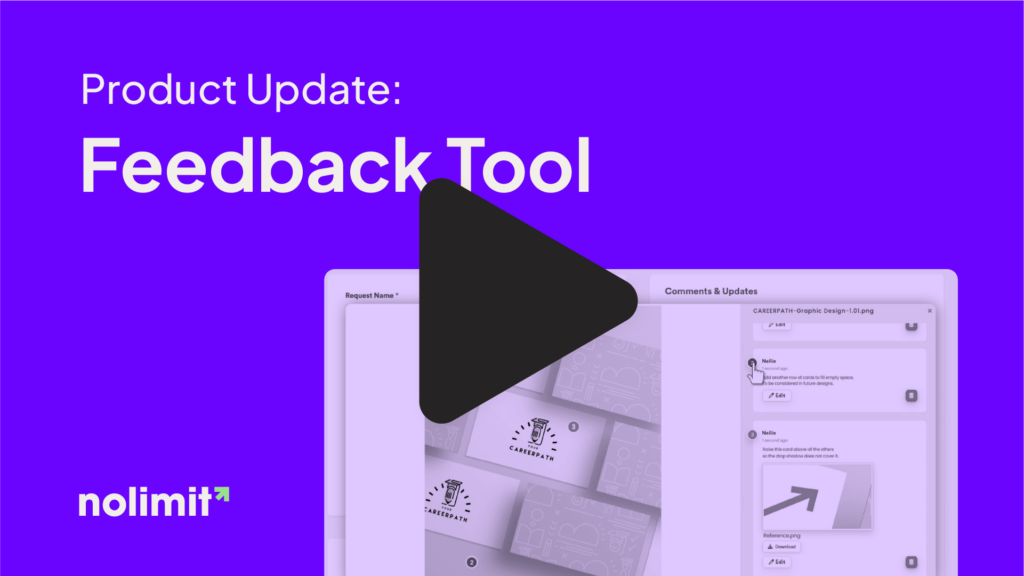Using Emotional Advertising to Drive Sales



Have you ever seen an ad that made you feel something? Maybe it made you feel really happy, maybe it made you anxious or upset, maybe you felt emotional or scared. That’s emotional advertising.
This type of advertising is designed to evoke an emotional response from the viewer, in order to persuade them to take action. It can be very effective in driving sales, but it’s important to use it correctly.
In this blog post, we will discuss how emotional advertising works and give some tips on how you can use it to increase sales for your business.
Where Did Emotional Advertising Begin?
Some of the earliest examples of emotional advertising date back to the late 1800s. One of the most famous examples is an ad for Pears soap, which featured a young boy with a dirty face. The tagline read, “Soap won’t wash away this kind of dirt.” This ad was designed to tug at heartstrings and make people feel guilty about not using Pears soap.
Another great example is the “I’d Like to Buy the World a Coke” commercial from 1971. This ad was all about happiness and togetherness, and it quickly became one of the most iconic ads of all time.
How Does Emotional Advertising Work?
So, how does emotional advertising work? Put simply, it works by connecting with the viewer on an emotional level. When we see an ad that makes us feel something, it sticks with us. We remember it, we talk about it and we often share it with others. This is because our emotions are a powerful thing. They can influence our decision-making, even when we don’t realize it.
Think about the last time you made a purchase because you saw an emotional ad. Was it because you felt happy, guilty, or scared? Chances are, it was one of those three emotions. Emotional ads typically fall into three categories: happy, guilty and scared.
3 Types of Emotional Advertising
Happy Ads
Happy ads are designed to make us feel good. They usually feature images of people smiling and enjoying life. The goal is to get us to associate the product with positive emotions. An example of a happy ad is the “I’m lovin’ it” campaign from McDonald’s.
Guilty Ads
Guilty ads make us feel bad about ourselves, usually by showing images of people who are suffering. The goal is to get us to donate money or buy a product that will help those people. An example of a guilty ad is the “Make a Wish” foundation commercial, which features young children with cancer or other life-threatening illnesses.
Scared Ads
Scared ads are designed to make us afraid of something, usually by showing images of people in danger. The goal is to get us to buy a product that will protect us from that danger. An example of a scary ad is AT&T’s “Don’t text and drive” campaign, which features images of car accidents.
What's The Difference Between Traditional And Emotional Advertising?
Traditional advertising is designed to sell a product by showing its features and benefits. It’s typically more rational in nature and doesn’t rely on emotions to persuade the viewer. On the other hand, emotional advertising is designed to evoke an emotional response from the viewer. It’s often more effective than traditional advertising, but it can also backfire if it’s not done correctly.
When used correctly, emotional advertising can be a powerful tool for driving sales. But it’s important to understand how it works and use it sparingly. Otherwise, you run the risk of turning off your audience entirely. So, how can you use emotional advertising without turning people off?
Here are some tips:
- Use emotional ads sparingly. If you use them all the time, people will become numb to them.
- Make sure the emotions you’re evoking are appropriate for the product you’re selling. For example, don’t use a happy ad for a funeral service.
- Be genuine. Don’t try to manipulate people’s emotions. If you’re being sincere, people will be more likely to respond positively.
- Don’t overdo it. A little emotion goes a long way. Too much emotion can be off-putting.
Need Some Inspo?
Happy Ad Ideas:
- A family enjoying a vacation that they booked through your travel agency
- A couple celebrating their anniversary at a restaurant that they found on your website
- A group of friends laughing and having fun at a party that you helped to plan
Guilty Ad Ideas:
- A child with cancer who is receiving treatment thanks to donations from people like you
- A homeless family that has been helped by a local shelter that you support
- An elderly person who is able to live independently thanks to the Meals on Wheels program that you donate to
Scared Ad Ideas:
- A woman who is attacked in an alley and fights back because she took a self-defense class that you offer
- A family that survives a house fire because they had working smoke detectors that you sold them
- A driver who avoids an accident because he was wearing the seatbelt that you gave him as a gift
How Does Using Emotional Advertising Drive Sales?
Using emotional advertising can drive sales in a few different ways. First, it can create engagement with your ad. If people are feeling something while they’re watching your ad, they’re more likely to pay attention to it and remember it. This is especially true for ads that evoke positive emotions like happiness and love.
Second, emotional ads can create a connection with your audience. If people feel like you understand them and their needs, they’re more likely to do business with you. This is especially true for ads that evoke negative emotions like guilt and fear.
Lastly, emotional ads can motivate people to take action. If your ad leaves people feeling something, they’re more likely to be motivated to do something about it. For example, if your ad makes people feel guilty, they may be more likely to donate to the cause you’re promoting.
Common Emotional Advertising Mistakes
Now that we’ve discussed how emotional advertising works, let’s take a look at some common mistakes businesses make when using it.
One of the most common mistakes is using too much emotion. Remember, emotional ads should be used sparingly. If you use them all the time, your audience will become desensitized to them and they’ll stop working.
Another common mistake is using the wrong emotion. If your ad is too happy or sad, it can turn people off. It’s important to find the right balance of emotions that will resonate with your audience.
Finally, some businesses make the mistake of using emotional advertising without a clear call to action. Remember, your goal is to get people to buy your product. If you don’t include a call to action, people may not know what you want them to do.
Would you like to learn about how we can help create emotional content that resonates with your clients? Click here to schedule a free consultation with NLC today!


